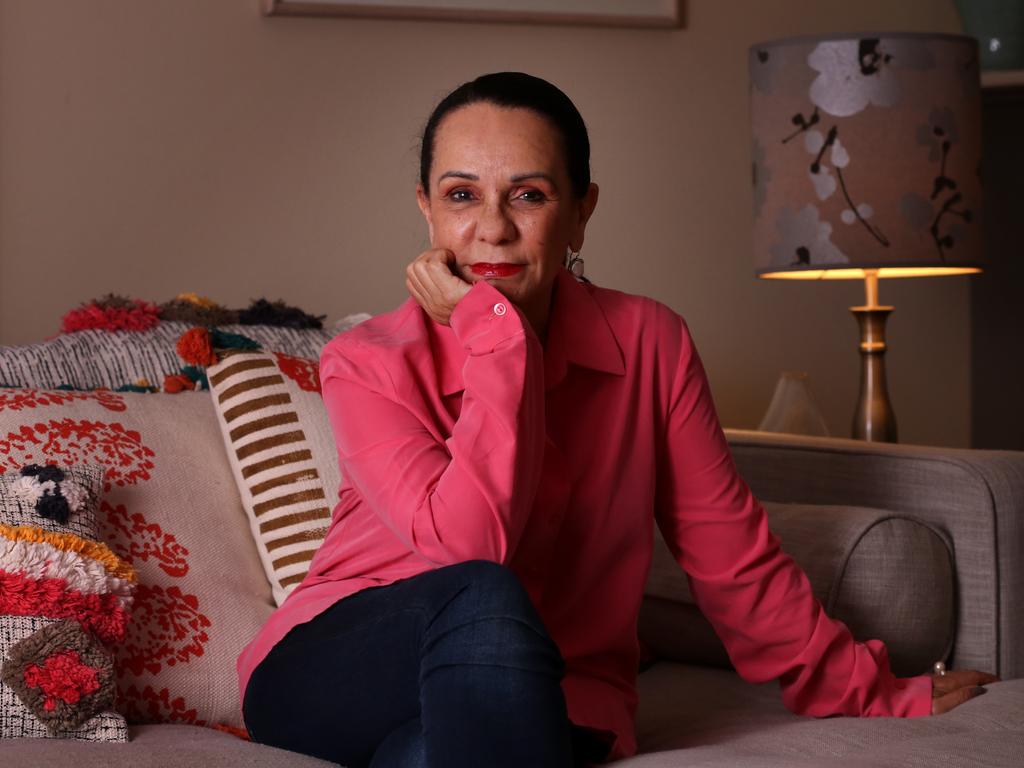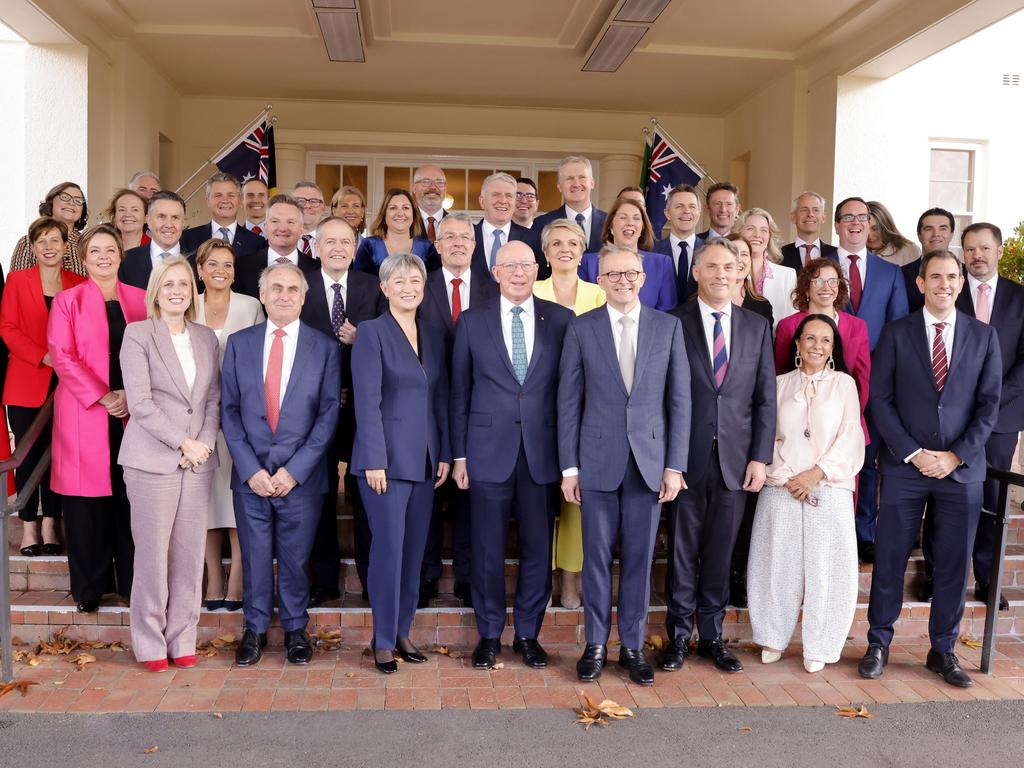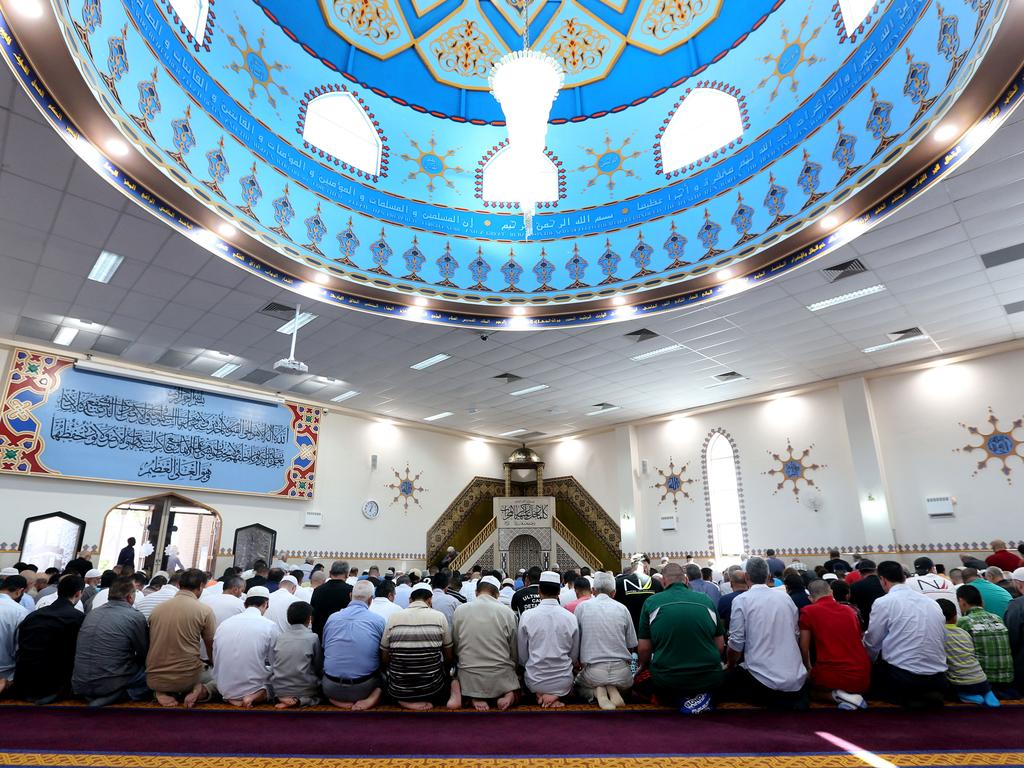Counting the real cost of census box-tickers
The surge in the number of people identifying as Indigenous is skewed by the ‘racial shifters’.

The 2021 census data revealing a national 25 per cent increase in the Aboriginal and Torres Strait Islander population is being interpreted as a triumph of Australia’s diversity, clear evidence that racism is being overcome in the wild success of equality and inclusion policies in our biggest institutions.
Enthused that this is a positive sign, believers in the media and throughout universities and government bureaucracies gush the statistics are a result of a surging number of Australians finally feeling “safe to identify” as Aboriginal. Australian society, thought leaders tell us, has evolved.
But the dull reality is that Aboriginal people have been watching this “growth” for decades, and what the numbers mean to us on the ground is much more disturbing. A closer look behind the stats reveals a different picture because they reflect Australia’s contribution to the global trend of racial shifting and anyone who expresses this point of view are the people who feel unsafe.
“Racial shifters” is a term by American anthropologist Circe Sturm, who worked with Cherokee in the US, to describe “individuals who have changed their racial self-identification on the census form in recent years”. By 2000, Native Americans saw their population expand by 237 per cent over a four-decade period. Sturm analysed the social and political forces behind the increase and explains that part of the reason for the blowout is that whiteness does not hold the cache it once did. Racial shifters see value in “self-indigenising”.
I am fascinated by this flee-from-whiteness in the Australian context and what drives it. My own research examines how the presence of “box-tickers” – as I have termed this statistical cohort, named for the very act of “ticking the box” (yes, it is that simple) on the Aboriginal and Torres Strait Islander question in the census survey – skews data that impacts on critical policy areas such as Closing the Gap.
Australia’s history creates a unique set of circumstances for the current proliferation of box-tickers. The 1971 census counted Aboriginal people under a new framework that had resulted from the 1967 referendum and removed the specifically worded race question. The 40th anniversary in 2011 spurred government promotion of census-taking of Aboriginal and Torres Strait Islanders, particularly in remote communities. Five years later in 2016, we saw the Aboriginal and Torres Strait Islander population jump 19 per cent, bumping the proportion of the total population up from 3 per cent to 3.3 per cent.
These increases every five years are startling to practised researchers in the sector. Analysis by Dr Francis Markham and Professor Nick Biddle at the Australian National University found that in 2016, 40,000 people ticked the box for the first time, the majority in the eastern states and urban locations. In the 2021 data, that number is around 92,300.
The numbers show the rapid increase is grossly uneven across age groups. As with the US trend, the rise cannot be explained as normal population growth. An example of this unnatural growth in 2021 is embedded in the over-50s dataset which grew 39 per cent overall from 2016.
The eastern states and ACT together contributed 92 per cent of individuals in this age bracket alone who ticked the Aboriginal and Torres Strait Islander census box for the first time. That means if you live somewhere along the Australian eastern seaboard, there’s a greater than one in 10 chance that the next “proud elder” you encounter, perhaps doing a Welcome to Country or insisting that you please call them “Aunty”, is someone you recently knew to be white.
“Uncle” Bruce Pascoe, arguably Australia’s most well-known race shifter, fits within this age group. He is famous for his publication Dark Emu, where he put forward his “radically different view of Australian history (that) Aboriginal people were farming”. Pascoe’s controversial self-identifying no doubt helped sales of his book, enhanced by his dishevelled, leathery appearance and red headband. The Australian Film Television and Radio School confirmed his “elder” status and former opposition leader and now Prime Minister, Anthony Albanese, marvelled at Pascoe having “unearthed the knowledge”.
But it is tedious to hold Pascoe up as the sole whipping boy when this shifting demographic contains so many more like him embedded throughout our institutions. Universities go to great lengths to protect box-tickers because of the investments they have sunk into the multitudes of such individuals, their views lauded as insight rather than distortion, many of whom bring funding in the form of research grants, scholarships and identified student and staff recruitment.
Such as the academic I first met in 1996 in Canberra. I was dismayed to learn that she had since self-identified. Senior women from the country she claims to belong have spoken about their anguish at their families’ stories being used in the cultivation of her “traditional custodian” profile. The university that employs her promotes her renderings of “cultural knowledge” to media outlets. Box-ticker claims are frequently dug out of tenuous ties to a distant ancestor, but many don’t even have that, and those in universities who have access to archival data can easily collect Aboriginal people’s first-hand accounts to weave into their personal “journey” anecdotes.

My research has found box-ticker narratives substantially preoccupied with the bio-social marker of “lighter skin” and recite tales that align their individual experience with social justice platforms. I have heard the exotic labels these academics give to the suffering they endure from anyone, including Aboriginal people, failing to acknowledge their identity claims owing to their skin colour.
Aboriginal people are well-accustomed to skin colour variations among our kinship and community networks over generations and it has limited relevance in how we recognise each other. Rather, my analysis in health communication shows that box-tickers give off a foreign accent that is distinctly apparent to most Aboriginal people but that other audiences generally don’t notice.
Self-indigenising in the present day is a process replete with narratives that excite imaginings and possibilities of anti-racist futures that call on reinvented pasts. These narratives are palatable and persuasive to anyone who needs to prove to their political or Twitter followers that they are ahead of the next person when it comes to our nation’s race relations.
By far the most well-known narrative popularly drawn on in defence of box-tickers is the stolen generation. This is an insult to true stolen generations members and the gross mimicry is unmistakeable to family who have never forgotten their kin.
Box-tickers, by contrast, simply appear, armed with their statutory declarations of void narratives through having had no formative life experiences in Aboriginal worlds, yet instantaneously flush with “cultural knowledge” and apparently qualified to lecture the less competent.
Vocal support for “truth-telling” and the “voice” – amplified by social media, institutions and politicians that publicly align with the Uluru Statement from the Heart – is unsurprising given that reciting social justice rhetoric galvanises the safety that box-tickers claim they need to self-indigenise. It’s ironic that the voices of Aboriginal people, men and women, many who are senior knowledge-holders, are ignored in favour of the opinions of academic, political and media elites with their preferred versions of idealised “First Nations” individuals constructed under “diversity and inclusion” policies.
The census is a self-reporting method. Far from being “a complicated process” as claimed by Macquarie University professor Bronwyn Carlson, the census provides an assenting gateway and is merely one step in the self-indigenising manoeuvre.
Behind the bumper population increase is the lived reality of Aboriginal people forced to re-orient definitions of ourselves to new progressive liberal rhetoric, one that is often emotionally, if not aggressively, proclaimed.
Barely more than a year before the nation took the 2021 census, Josephine Cashman, a Worimi woman, complained about Pascoe to then minister for home affairs Peter Dutton.
It was a defiant move. Dutton, who in the wake of his party’s election loss this year lamented ditching Kevin Rudd’s apology to the Stolen Generations, demurred from acting on Cashman’s complaint. The backlash against Cashman was swift and brutal. She was dumped by then Indigenous affairs minister Ken Wyatt from his federal Indigenous advisory group and vilified on social media. Some of the most venal attacks were from inside Indigenous media outlets.
Challenging race-shifting dynamics means going up against vested interests. Federal government expenditure and corporate sponsorship of constitutional recognition runs into the tens of millions. Rather than risk social ramifications and damage to their relationships and their health, Aboriginal people disengage from the conversation.
This displacement is not a benign act: box-tickers don’t just speak for us. They speak as us. Who is listening to them? Because the fact that is obstinately dismissed in the feel-good commentary is that box-tickers are not verified Aboriginal persons. Distorted data leads to distorted decision-making.
Self-indigenisation is a global trend and it is not slowing. Australia’s social commentators’ enthusiastic reception for the increase in the Aboriginal and Torres Strait Islander population stats also say they welcome stories behind the statistics. Racial shifting is part of that story.
Suzanne Ingram is a Wiradjuri researcher and postgraduate student in the department of anthropology at the University of Sydney. She serves on the board of the NSW Aboriginal Housing Office.







To join the conversation, please log in. Don't have an account? Register
Join the conversation, you are commenting as Logout